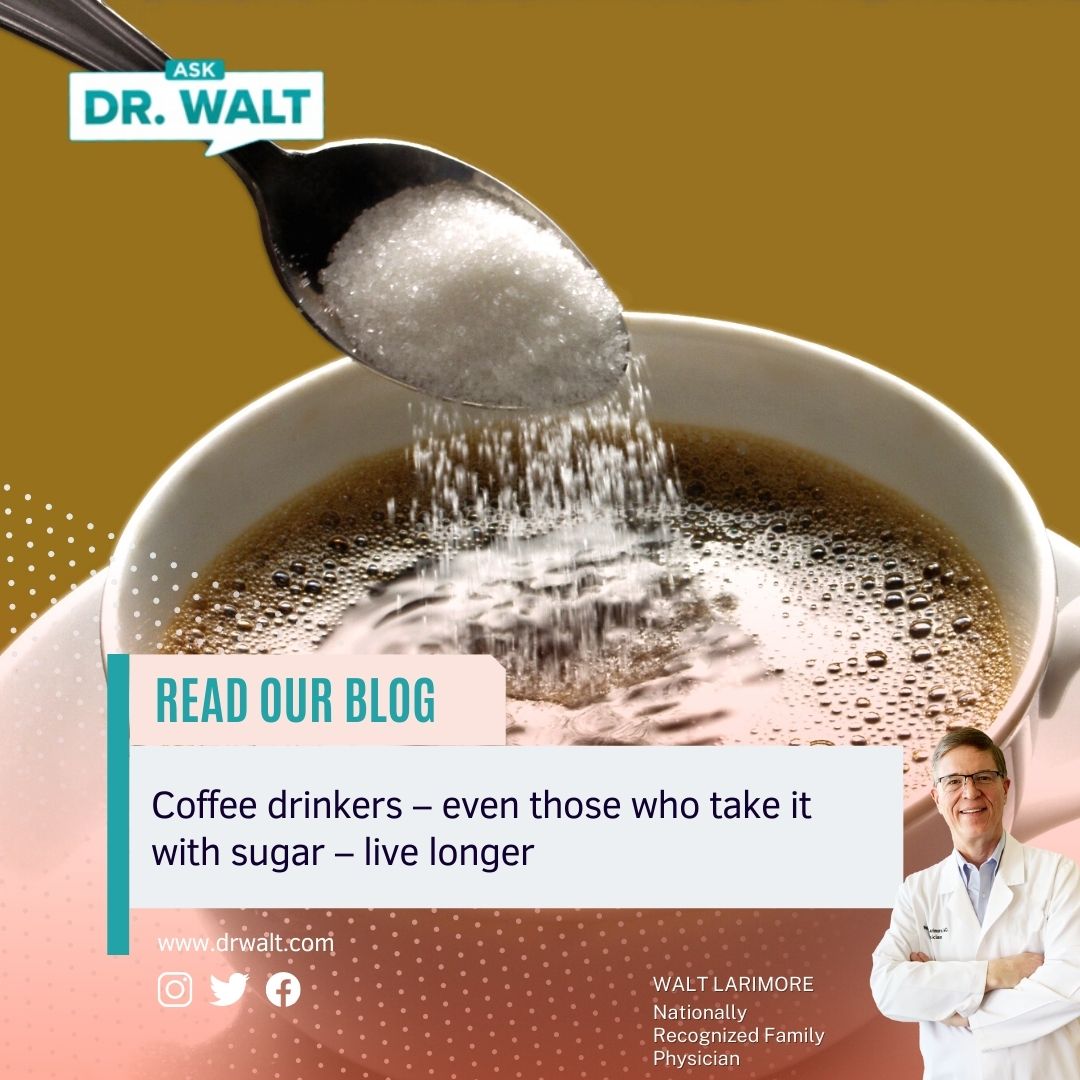
What does “D-Day” really mean? You may be surprised!
June 6, 2022
Coffee drinkers – even those who take it with sugar – live longer
June 8, 2022According to a report in HealthDay, most parents know that placing newborns on their backs to sleep can slash the risk of sudden infant death syndrome (SIDS), but a new study suggests that many may forget that rule when their baby wakes up wailing in the middle of the night.
A survey of 1,500 parents, published in the journal Pediatrics, showed that fewer than 10% of respondents were following safe sleep guidelines for their babies younger than 1 year, at the beginning of nighttime sleep AND during nighttime waking periods.
Respondents were asked to report on adherence to the American Academy of Pediatrics Safe Infant Sleep Guidelines, including supine position, separate sleep spaces, and use of approved infant beds.
The survey reported, “39% of parents said they changed their baby’s sleep practice after nighttime waking, with fewer than half those parents adhering to … safe sleep practices.”
It’s very common for babies to wake up in the wee hours, and parents of newborns are often sleep-deprived, the researchers explained.
“Our findings reflect that caregivers may be making different decisions in the middle of the night when they are exhausted than they do when they are first putting their baby to sleep,” said study author Dr. Mersine Bryan. She is a pediatrician at the University of Washington and Seattle Children’s Hospital.
“When you as the caregiver are going to go to sleep or fall asleep, it is important to put the baby in their safe places like a crib or bassinet, and always on their back every time to keep them safe,” Bryan said.
The American Academy of Pediatrics recommends that all healthy infants younger than 1 year of age be placed on their backs to sleep, in addition to other safe sleeping measures including using a separate space and location. If a newborn can’t breathe while sleeping on their stomach, they can’t do anything to fix it and may suffocate. This is why placing infants on their backs is considered safer.
Read more in HealthDay or Medscape.
© Copyright WLL, INC. 2022. This blog provides healthcare tips and advice that you can trust about a wide variety of general health information only and is not intended to be a substitute for professional medical advice, diagnosis, or treatment from your regular physician. If you are concerned about your health, take what you learn from this blog and meet with your personal doctor to discuss your concerns.
Full Story: Medscape (free registration) (5/31)




